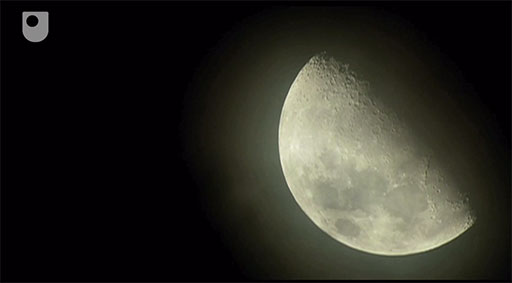3.1 The Moon’s origin
What’s the most likely origin of the Moon? There are three classic explanations but all are flawed in some way.

Transcript
See here for another bonus video recorded by Professor David Rothery at the 2014 Lunar and Planetary Science Conference, this time with Bill Bottke about the Moon’s origin.
If you wanted to look into this further, you might find the following links of interest:
- David Rothery talks to Bill Bottke [Tip: hold Ctrl and click a link to open it in a new tab. (Hide tip)] . David Rothery recorded this bonus video message at the 2014 Lunar and Planetary Science Conference, this time with Bill Bottke about the Moon’s origin.
- When did the Moon form? In this short article, David Rothery discusses two pieces of research published in 2017, which suggest pushing the date slightly earlier and modifying the mechanism to a series of slightly smaller ‘giant impacts’ in place of a single Moon-forming giant impact.
Multiple impacts to make the Moon? A blog by an Open University PhD student examining alternative hypotheses.
